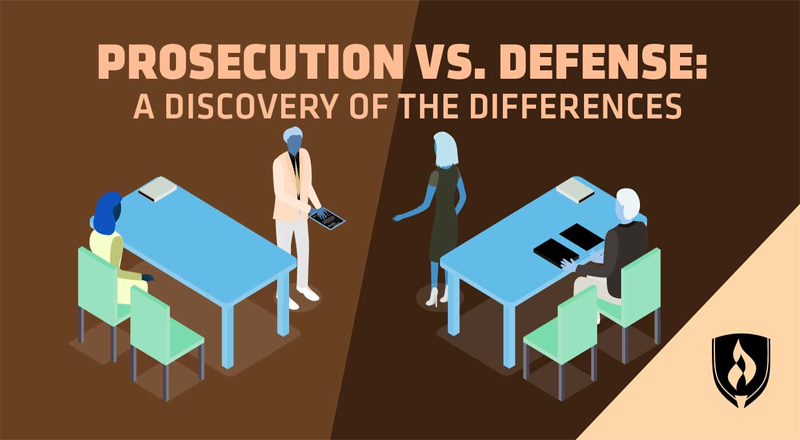|
In tough times related to economics, technology and health emergencies, companies are focusing their attention on making sure they get a maximum return on their investment. At the same time, businesses should also be aiming a spotlight at a less visible component of corporate meetings: the risks involved with the Distributed denial-of-service (DDoS) attacks threaten your data, your revenue, and your brand―and amid the pandemic, the need to step up protections against these attacks has never been greater. We expect websites to come up every time we click on them and products to be available when we want them, thanks to the so-called Amazon effect. DDoS attacks can overload and disrupt websites or back-end systems, potentially costing millions of dollars per minute of downtime as customers go elsewhere.
In a COVID-19 world, it’s painfully clear that DDoS attacks aren’t going away. DDoS attacks are getting easier to execute with more computers and devices, increased computing power, and better connectivity. It is eliminating the availability of a critical service. At best what you can do is, you can limit the damage, but you are never going to stop it. I would say, it has not only forced organizations worldwide to adapt and adjust their cybersecurity strategies, but it has also forced nearly every person on the planet to change their behaviors and lifestyles.
Secondly, a strong observation is when working from a home location or a mobile location, it presents a lot of security risks for companies. Getting people to work effectively in a secure environment can sometimes be almost impossible. But security has to evolve and change to replace the security protocols that exist in those environments. There is no denying the fact that, not only the home networks and mobile devices become sources of vulnerabilities for the DDoS attacks, but the Internet of Things (IoT) and connected devices have also increased the number of potential targets. Earlier we were getting used to being vulnerable to the gadgets in the offices and now it is time for your things at your home, that includes, it could be a medical device, your laptop computer, a closed-circuit television system, or physical security. It could be just about anything. “And these things are connected to the Internet. And as a result, they potentially pose a big threat to organizations.
With more people attending virtual meetings, events, and classes, cyber attackers have become more motivated to disrupt those activities. DDoS attacks impact systems, processes, and technologies, going far beyond taking down a network or website. It is a typical attack that is basically the bad guys bringing down a system of good guys’ companies and while that’s happening, they’re committing all sorts of crimes within the network or even outside the network. And so it becomes like a smokescreen for the attack, which can be very costly in terms of potential exfiltration of information about customers, clients, or the government. When a service goes down because of a DDoS attack, customers may leave and never come back—hurting the bottom line of companies. The increasing frequency and complexity of DDoS attacks have put CISOs and their organizations in challenging and costly situations. |





